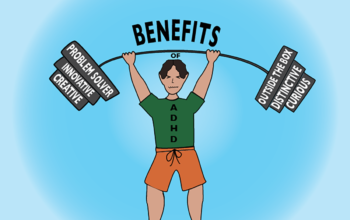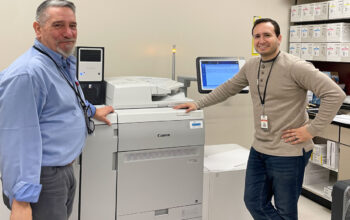Maggie Owen, Reporter
@mowencourant
For many students at NCHS, shortening days and dropping temperatures are met with excitement for snowmen and holidays. But for some, the colder air and shorter days mean depression and anxiety. These such students experience Seasonal Affective Disorder, or SAD.
SAD is a mental illness that causes depression in the autumn and winter as a result of the changes in sun exposure. “As the school year begins and the fall months roll in, it tends to be darker in the mornings, and the colder it gets, students may have more difficulty getting started in the morning,” school social worker Eileen Donellan said. This change in sunlight affects levels of melatonin and serotonin, hormones that form the body’s circadian rhythm telling the body when to wake up and when to go to sleep. When the sleep cycle is affected, the symptoms of depression are increased.
As well as the changes in circadian rhythm, the colder climate makes it difficult to get outside and enjoy the sunshine. When outdoor activities are hard to come by, the lack of endorphins and vitamin D from the sun add to depression and lethargy. “The summer time tends to be a time when you are outdoors more and active as opposed to the winter time when you are more sedentary inside,” school psychologist Maria Calcagni said. “In the winter we will see low energy, difficulty concentrating, and irritability.”
According to Sam*, a senior with SAD, the postive side of her condition is that it doesn’t last the whole year. “With Seasonal Affective Disorder you are anxious and sad during the winter, but then it all calms down as soon as spring comes and in the summer it is over,” Sam* said.
For Sam*, it took many years to realize that her depression was more than just the winter blues that many students feel. “The first year is really tough because if you don’t really know what’s going on, then it drags on,” she said. “I thought that I would have depression throughout the year but it’s not really like that.”
During the winter, SAD makes it hard for Sam to engage in class and complete her homework. Although she tries to communicate with her teachers about the challenges of SAD, the timing of the school year makes the transition difficult. “It’s hard for teachers to be understanding of it because every year I have new teachers and they are just getting to know me when the symptoms start,” she said.
Sam* has found that as her motivation and energy start slipping, comparisons between herself and her peers only add to her anxiety. “In my head, everybody else seems to be doing so well while I am just falling behind because I have a mental illness,” she said. “It’s not that I can’t do the work, because I can, it is just the motivation part of it and getting up to do it is hard when you have a seasonal depression.”
Sam* has found better ways to cope with her seasonal symptoms as she learns more about herself and her disorder. “I don’t think SAD will be as bad in the future because I am aware of it and it has been progressing every single year,” she said. “I’m really learning how to work with it and be organized.”
During the summer months, Sam* sets a strong foundation of positive habits that help her plan for the depression she knows will come in the autumn and winter. “I made schedules two months ago of how my winter is going to look,” she said. “I have to work out every day, plan out the times I am going to do homework and the times I am going to study because in the winter everything becomes slower for me.”
The social worker from Kids in Crisis who is stationed in NCHS, Ed Milton, highlighted the importance of finding unique solutions that are effective for each individual case of SAD. “Come up with a plan. We all have strategies that work and it is important to recognize that there are things you can do,” he said. “There are a lot of techniques that kids can utilize, something as simple as going to the gym to workout can be very effective.”
Mr. Milton also emphasized the importance of asking for help if symptoms of SAD or any mental illness become serious. “If this is affecting daily life, you need to go and see a therapist or see your pediatrician,” he said.
Throughout her high school career, Sam* has found comfort and support from the counseling staff of NCHS. “When it comes to mental illness, I think NCHS does a really good job communicating with the student and being friends with them, it’s not just advising them as students but advising them as human beings, because at the end of it, that’s what we all are.”
Ms. Calcagni finds that students often feel like they have to deal with mental illnesses like SAD or depression on their own, while in reality, NCHS provides a strong support network of caring and informed adults whose job is to help kids who are struggling. “I definitely think that one of the symptoms of depression is isolation,” she said. “Students feel as though they are alone in this and I think when they finally connect with one of us, they notice that they are not alone. We have jobs because there are other kids who have their similar feelings and thoughts and concerns and cares and so it is really important to reach out and get the support.”
*name has been changed



